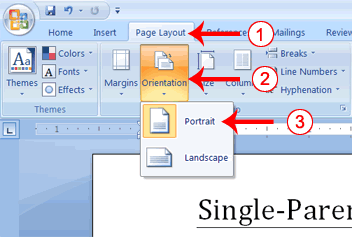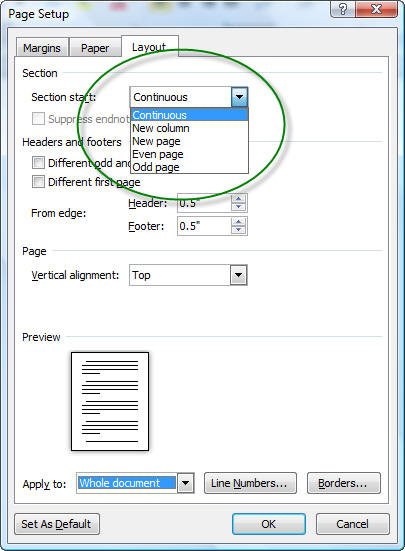

Choose the option that indicates how many columns you desire.Word displays a number of column options. Click the Columns tool in the Page Setup group.Place the insertion point anywhere within the text that will appear in the columns.Repeat steps 2 through 4 to insert another continuous section break.Place the insertion point at the end of the text that will appear in the columns.Word inserts a continuous section break in your document. Place the insertion point at the beginning of the text that will appear in the columns.To accomplish this formatting challenge, you can follow these steps: You want the rest of the document to remain a single column. What if you already have a document and you want to format only part of it in columns? As an example, let's assume you have a five-page document, and you want to format the center part of page two as three columns. (Pick the one that gives you the appearance you desire.For some document layouts, columns can be used to present your information clearly and concisely.

Note: If the document is larger than the paper, then the document will tile on several sheets. To print a letter-sized document on A5 paper, choose Letter > A5. Choose the format that corresponds your needs: letter, portrait, A5, etc. If you prefer, you can click one of the other single-page options-Whole Page or Text Width. Open the Word document youd like to resize for A5 or other format and click on File. Add or change the content in the header or footer. Select Landscape, and in the Apply to box, choose Selected text. Go to Layout, and open the Page Setup dialog box. Select Header or Footer and do one of the following: Choose Remove Header or Remove Footer. Select the content that you want on a landscape page. Select Link to Previous to turn off the link between the sections. Double-click the header or footer area to open the Header & Footer tab. Word calculates the proper zoom percentage to show a single page at the width available on your screen. Go to Layout > Breaks > Next Page to create a section break. Select the Page Width radio button and click OK.

As you zoom in and Word discovers that it can no longer display two pages on the screen, it should switch automatically to show only a single page.Īnother approach is to choose Zoom from the View menu in order to display the Zoom dialog box. One easy way to display just a single page is to simply "zoom out" a bit by holding down the Ctrl key as you move the scroll wheel on your mouse. Try pressing the Esc key, using the view icons on the Status bar, or using the choices from the View menu to return to a regular view, such as Normal or Page Layout. For instance, if you are in Reading Layout view, it can affect what is on your screen. The first thing you'll want to do, however, is to make sure you are not using one of Word's non-standard views. There are a few ways that you can get back to a single page. In that case, as you get your zoom factor down to near 50%, Word automatically switches to display two pages. This is especially true if you are using a widescreen monitor at a high resolution.
HOW TO CHANGE PAGE LAYOUT IN WORD FOR ONLY ONE PAGE HOW TO
He only wants one page the full width of the screen, but he's not sure how to change that.Īs you adjust the zoom settings used by Word, you may notice that Word automatically displays multiple pages of your document at the same time. Walter's screen shows two pages of his document, side by side.


 0 kommentar(er)
0 kommentar(er)
